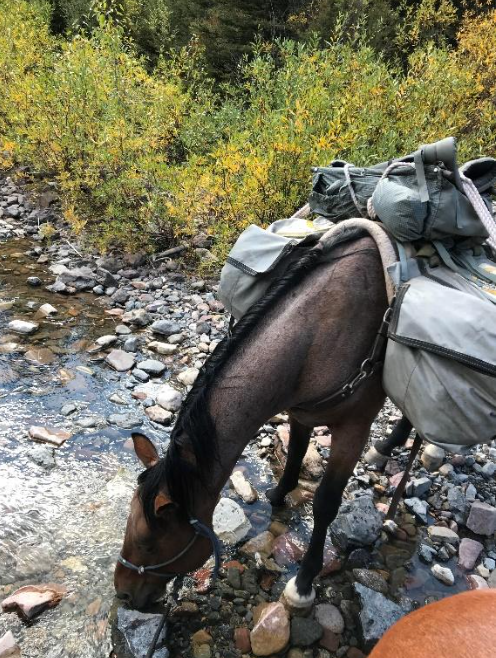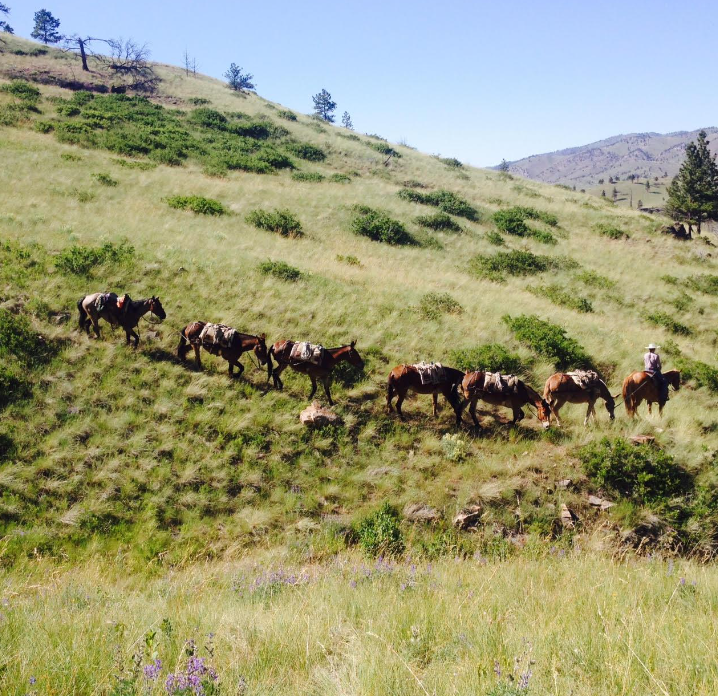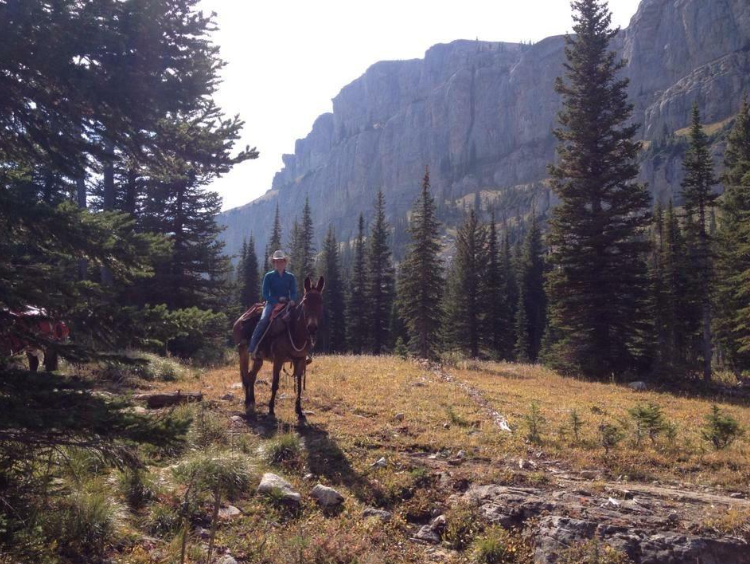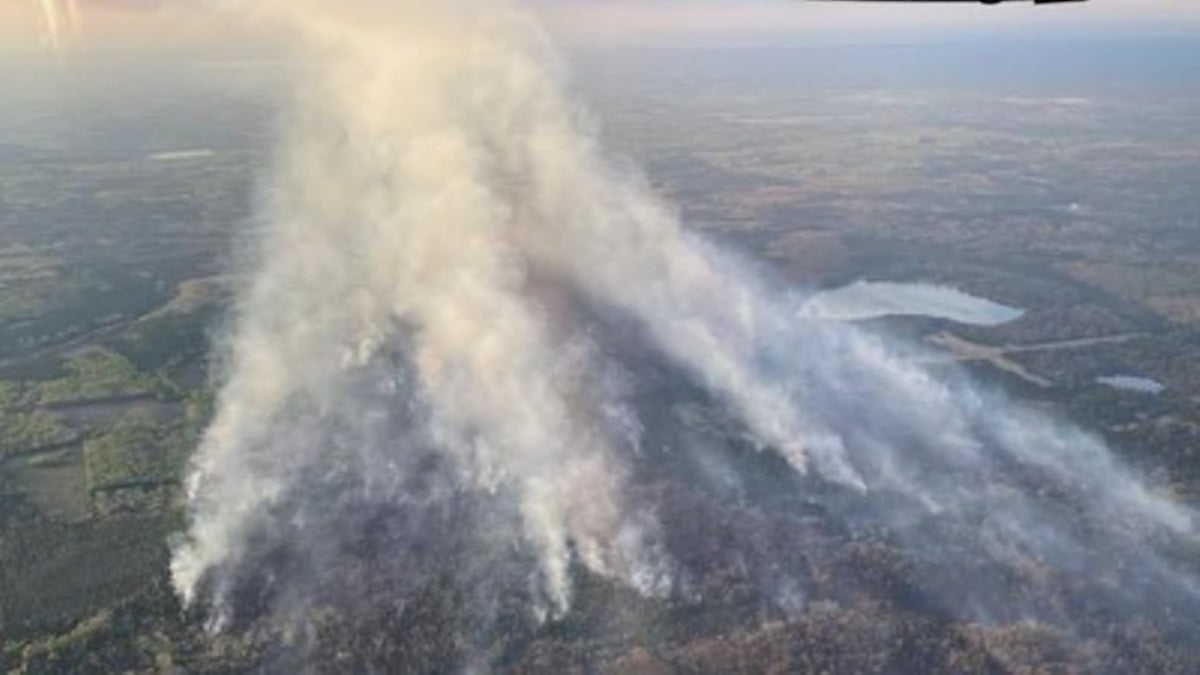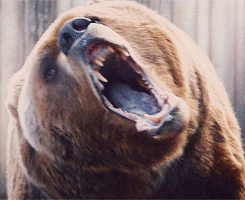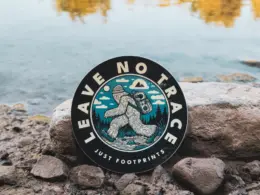Horse packing requires knowledge, skill, patience and a little faith to safely pack gear, equipment, wild game, and more. People choose to pack horses and mules for various reasons. Whether you are new to equines or have owned them for years, horse packing will take your horsemanship skills to an entirely new level. To do it well requires dedication and commitment.
I learned to pack after moving to Montana in the 2000’s. It never crossed my radar until I met my ex-husband, who was getting into packing and horses. I grew up with horses but never packed. Over the years, we got better, learned more, and had a nice string of pack animals.
First, you must have faith in your livestock, which comes from hours upon hours of working with them and learning their personalities, strengths, quirks, and fears. Before you can string them all together while carrying large, often awkward loads and head down the trail, they must also have built trust in you as their leader. Packing can be incredibly dangerous if you don’t know what you’re doing. But it can also be gratifying when you learn to do it correctly.
Table of Contents
Horses vs Mules
I grew up on a ranch in southern Idaho. I participated in multiple rodeo events, worked cows on horseback, and spent hours riding in the mountains. My dad had me on a horse before I was a year old. To say I grew up on them is an understatement. Horses can serve their purpose for packing, but before I get into packing basics, I want to touch on why I strongly recommend considering mules for packing.
Having never been around mules, I had many preconceived notions about what and how they were. I’d always heard the adage, “Stubborn as a mule.” As I learned, mules aren’t stubborn; they’re super smart.
Why choose a mule for packing?
A mule is a cross between a female horse (mare) and a male donkey (jack). Horses were originally plains animals with strong “flight” instincts. If something threatened them, they could run across the prairie. Whereas donkeys came from mountainous terrain, and if they ran, they might run off the side of a mountain. Therefore, they evolved into “fight” animals, stopping first to assess what threatened them.
In modern mules and horses, you will likely see similar tendencies. However, all animals are individuals; particular traits vary based on bloodlines and life experience. However, a horse’s protective mechanism is still to spook or bolt. In contrast, with its strong donkey traits, a mule will likely stop and think about what is happening before reacting. Because of this, some mules will attack small animals (dogs, goats, sheep, calves, etc.) much like they would a mountain lion or bear. But don’t let this deter you from owning mules, as not all are like this, and their strengths are many.
Mule characteristics
Mules have many characteristics that make them excellent riding and pack animals. First, they are more sure-footed and better in rough terrain than horses. They have cupped hooves, helping them grip better and may allow them to go without horseshoes in some circumstances. Mules are stronger pound for pound than a horse, eat less, and live longer.
As mentioned, mules are incredibly smart, and they are also less forgiving. An example I always give is of a mule I had named Katy. One day, I was trimming her back feet, and she kept pulling away and messing around. I finally popped her on the butt with my rasp. She straightened up but never forgot it. Forever after, she would be OK with other people shoeing or trimming her, but she always gave me a hard time.
I’ve also known mules that have waited until the right time to get back at someone and kick them when they’re not paying attention. But again, don’t let this deter you. Instead, let it make you a better horse person and learn to work with them because they are marvelous creatures for packing.
Gear and equipment for horse packing
Horse packing requires some specialty gear. However, suppose you already own horses and riding tack. In that case, there are some modifications you could make to begin without spending too much money. This article will cover the main pieces of gear, although many other items are also needed.
Packsaddle options
Arguably, the most essential piece of gear needed for horse packing is a pack saddle. This umbrella term could mean a Decker, Crossbuck (or Sawbuck), or a Western riding saddle. The purpose of any of them is to be able to carry items on a horse or mule, such as camp gear, equipment, wild game, and more. There may be modifications within each category to suit needs and preferences. I’ll touch on each but recommend further research before determining which is best for you.
Decker vs Crossbuck
A Crossbuck is a pack saddle with pieces of wood that cross. These are also called Sawbucks since the crossed wood resembles a sawbuck used for cutting wood. This saddle is the oldest and most traditional pack saddle. It is typically rigged for a double cinch, breast collar, and britching and utilizes a single rope and a lash cinch.
The Decker pack saddle has large rings attached to the saddle bars. Two sling ropes are used to lash a load to the pack animal. Depending on the decker maker, different features and ring shapes may be used for various reasons. Deckers were designed to pack large and unwieldy loads better.
A Decker rigging is more adjustable than a Crossbuck. While the Crossbuck was the popular option for a long time and is still prevalent in places like Canada and Wyoming, the Decker has become more popular elsewhere. This article offers an excellent explanation of the differences.
Riding Saddle for Packing
A regular western riding saddle can be used for packing with the right pannier bags, which we’ll cover next. Many people use this option if they don’t want to get into full-fledged packing or are just starting. It’s an option for carrying camping equipment and other gear and packing big game animals after a successful hunt. However, there are limitations. You won’t be able to pack large or irregular loads or as much weight. But it will enable you to convert a western saddle (with a cantle and horn) into a pack outfit.
Panniers, Pack Boxes, and Mantie Tarps
The next important part of packing involves how you will pack your items on your horses and mules. There are several options, each requiring different levels of expertise.
Panniers for Horse Packing
Panniers, special bags or boxes for packing, have been a popular option for horse packing for years, and for good reason. They’re easy, relatively dummy-proof, and an excellent choice for beginners. Panniers are bags, typically made of heavy canvas or other special materials, designed to pack gear, equipment, tools, and more.
There are panniers designed for Crossbucks, where the strap loops over the opposite side of the cross. Also, there are panniers designed to attach to the Decker rings with straps or hooks. If one chooses to secure each load further, the lash ropes can be used to tie down the bags. I have seen plenty of people skip this step, which I don’t recommend.
Another option is riding saddle panniers designed to go over a riding saddle. There are holes to slide the saddle horn and cantle through, with bags hanging on each side of your pack animal. These panniers are a good option for converting your riding animal into a pack animal, which may be necessary if you’re hunting on horseback.
Pack Boxes for Horse Packing
Another popular option for packing is hard-sided boxes. Outfitter suppliers may sell boxes made of molded plastic or metal, while DIYers may build their own out of plywood. The plastic versions are often designed to fit the curvature of the horse better than some of the other options and attach with straps or hooks. Some are also made and certified as bear boxes.
Manty Tarps
Manty tarps, or manties, are the most challenging method to pack gear on your horses. Manties are often made of canvas, although I’ve seen other materials, and are generally 7′ x 8′. Manties are used to bundle gear together within the tarp and tie it with a rope using specific rope knots. These loads are lashed to the Decker or Crossbuck using the sling ropes on the saddle, using techniques and knots called hitches. Many experienced packers and outfitters use this method, and clinics and schools are good places for hands-on learning.
Horse Packing 101 Basics
While there are many fine points to packing, the purpose of this article is to give you some of the basics, so you have an idea of what you’re getting into. Several more considerations include leading a pack string and safety and balanced loads.
Leading a pack string
For many people, riding a horse is challenging enough. Let alone tying together multiple horses and mules and leading them down trails in rough and steep terrain. It’s a recipe for disaster if you don’t know what you’re doing. A good riding horse is a critical component of staying safe and being successful.
As I mentioned, it is critical to know your animals and trust them, and they trust you. Practicing packing at home with each animal before going out is imperative. Make sure they are used to the pack saddle and weighted loads. Practice leading each animal from your riding animal. Learn how to take a dally around your saddle horn safely without getting your fingers caught, as this will give you greater control of your animal if they want to get away.
Once each animal is comfortable with this, try tying two together and leading them around. There are many different methods for doing this, and a quick Google search of “Tying a Pack String Together” will yield several excellent YouTube videos. You can do this without loads, then add loads once your animals are used to it. As with everything, practice and time will prepare you and your livestock to hit the trail.
Balanced Loads
One of the most important things to remember when packing is ensuring your loads are balanced. By this, I mean that each side weighs the same, or within a pound or two (but no more!). If both sides weigh the same, it will stay balanced across the horse’s back. However, once one side weighs more, it will want to roll under the animal. Tightening the cinch more and more until the animal can’t breathe will not fix the problem; it only worsens it, and you may end up with an animal trying to lie down.
There are a few ways to ensure your loads are balanced. First, you can put the same things on both sides. Or, you can buy a pack scale and weigh everything, which is more practical and recommended. These work like fishing scales and make it easy to weigh your loads for uniformity.
Along with ensuring each side weighs the same, you want to ensure each side is riding correctly. When mantying things like hay bales, there is a specific way to do it where one side rides slightly higher than the other. Otherwise, you want to ensure each load is riding in the middle of the animal’s barrel, not too low or too high.
Final Thoughts on Horse Packing
Horse packing is not for the faint of heart. It can require significant cost if you’re getting into horses and horse packing and lots of time and energy to learn to do it right (not to mention blood, sweat, and tears). There are many great resources, including the Back Country Horsemen of America (and their nifty packing guide), books, videos, expert packers/clinicians, and packing schools that can help you learn.
Horse packing is an art. It’s essential to thoroughly research, study, and practice it, especially if you’re just getting into horses for packing. The learning curve will be less if you are already an experienced horse person. Regardless, it can be dangerous if not done correctly and safely, but don’t let that deter you. Remember, there are many ways to do it so figure out what works for you.
Whatever your reason for getting into horse packing, whether taking multi-day trips into the mountains and not having to haul everything on your own back or getting into it for hunting, the rewards are great!


